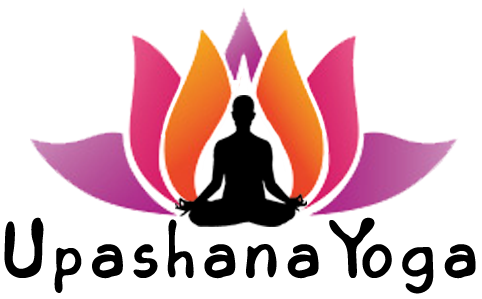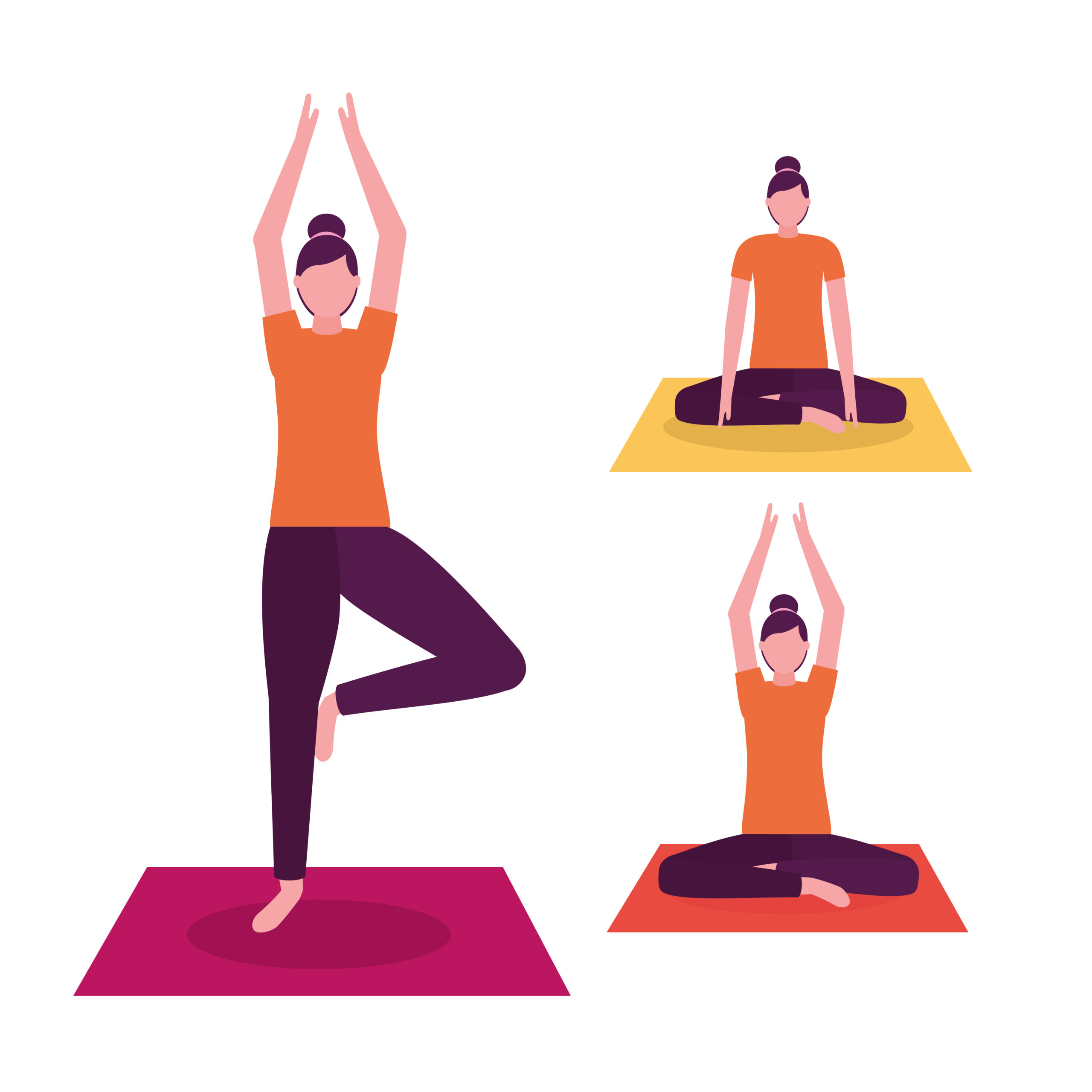

Paschimottanasana is a very beneficial yoga asana. By doing this asana, the entire body part gets stretched and it is very beneficial for the body. For people who have diabetes, Paschimottanasan helps to relieve the symptoms of this disease. Apart from this, this asana is considered very beneficial for people suffering from high blood pressure.
What Is Paschimottanasana Or Seated Forward Bend?
Paschimottanasan is a Sanskrit word where “Paschim” means “West Direction” or “Forward” , “Uttaana” which means “Stretched” and “Asana” means “Yoga Pose”. While practicing this asana, stretch occurs in the back part of the body ie the spine, hence this asana is called Paschimottanasana. Paschimottanasan seems very easy to see but actually practicing this asana is quite difficult.

Preparatory Poses Of Paschimottanasana or Seated Forward Bend:
Here are some preparatory poses that you should practice before doing Paschimottanasana or Seated Forward Bend to ease the pose.
- Utkatasana or Chair Pose
- Virabhadrasana or Warrior Pose 1
- Virabhadrasana or Warrior Pose 2
- Dandasana or Staff Pose
Steps To Do Paschimottanasana Or Seated Forward Bend:
It is very easy to do Paschimottanasana or Seated Forward Bend, Let’s know in detail the method of performing Paschimottanasana or Seated Forward Bend.
Step 1:
Sit with the legs spread out in front, the spine should be straight, fingers are taut.
Step 2:
Breathing out, raise both hands above the head and pull.
Step 3:
While exhaling, lean forward from the hips, towards the chin toes, keeping the spine
Step 4:
straight, focus your attention on the claw instead of bending at the knees.
Step 5:
Keep your hands on the feet, wherever they reach, without extra effort. If you can grab your claw and pull it will help you bend forward. Breathing in, slowly raise the head so that the spine is pulled.
Step 6:
While breathing, raise your head slightly, and lengthen your spine.
Step 7:
While exhaling, gently move the navel towards the knee.
Step 8:
Repeat the process 2–3 times.
Step 9:
Tilt the head down and take a deep breath for 20–60 seconds.
Step 10:
Fill your hands and sit back, coming back with the strength of your hands.
Step 11:
Breathing out, bring the hands down.
Follow Up Poses Of Paschimottanasana Or Seated Forward Bend:
- Ardha Matsyendrasana or Lord of the Fishes Pose
- Savasana or Corpse Pose
Beginner’s Tips To Do Forward Fold Or Paschimottanasan:
Performing Paschimottanasana or Seated Forward Bend like other Yogasanas removes various body disorders and improves the health of the person. This is an asana that is practiced when the muscles of the whole body are stretched due to which it is beneficial in relieving the symptoms of many diseases. Let us know about the benefits of Forward Fold Or Paschimottanasana.
Benefits Of Paschimottanasana or Seated Forward Bend:
Performing Paschimottanasana like other Yogasanas removes various body disorders and improves the health of the person. This is an asana that causes a stretch in the muscles of the whole body due to which it is beneficial in relieving the symptoms of many diseases. Let us know about the benefits of Paschimottanasana…
Relieve Stress:
Performing Paschimottanasana or Seated Forward Bend creates a stretch in the head and neck muscles along with the entire body, due to which this asana is very helpful in relieving stress, anxiety, and brain problems. Apart from this, it also removes anger and irritability and keeps the mind calm.
Remove Belly Fat:
While practicing Paschimottanasana or Seated Forward Bend in the right way, the muscles of the abdomen are pulled, due to which the fat stored in the abdomen and its surrounding areas is removed.
Makes Bones Flexible:
Paschimottanasana or Seated Forward Bend creates a stretch in the spine and makes them flexible. Apart from this, by practicing this asana, the length of a person also increases very easily.
Remove Impotence:
Paschimottanasana or Seated Forward Bend is an asana, which is practiced daily to remove impotence and increase a person’s sexual power. Apart from this, the pelvic organs are also well toned.
Better Digestion System:
By doing Paschimottanasan, digestion is better and due to non-digestion, the problem of constipation and sour belching often goes away. Apart from this, by practicing this asana daily, the kidneys, liver, uterus, and ovaries of women are more active.
Beneficial For Women:
After delivery, the daily practice of Paschimottanasana, the body of the women regains its initial shape and reduces the fat of the abdomen and hips. Apart from this, menstruation is also done properly by doing this asana.
Overcome Insomnia Problem:
By practicing this asana, the person sleeps properly and the problem of insomnia is overcome. Apart from this, this asana is also beneficial in relieving the problem of high blood pressure, infertility, and diabetes.
Precautions To Do Seated Forward Fold Or Paschimottanasana:
Practicing any asana has its advantages as well as some disadvantages. But usually, the loss occurs when there is a particular problem in the body and we are practicing a posture ignoring it. Let us know what precautions should be taken in Paschimottanasana or Seated Forward Bend.
- Pregnant women should avoid doing Paschimottanasana or Seated Forward Bend.
- People suffering from diseases such as slip disc, sciatica, asthma, and ulcers should avoid doing this asana.
- A person suffering from diarrhea with back and back pain should not do this asana.
- If there is any type of surgery in the body, then this asana should be avoided.
- Paschimottanasan should not be practiced if any abdominal organ has been operated.
Conclusion:
Never try to do more than your physical capacity in any yoga asana, especially in the postures in which you turn. The same applies to Paschimottanasana as the effect on the back is more than the posture. Often, due to hamstring or back muscle stiffness, it is difficult to get more forward in the beginning. At times it seems that you are sitting upright. If this happens, do not worry. Over time, you will develop flexibility and you will be able to go further.














Leave a Comment